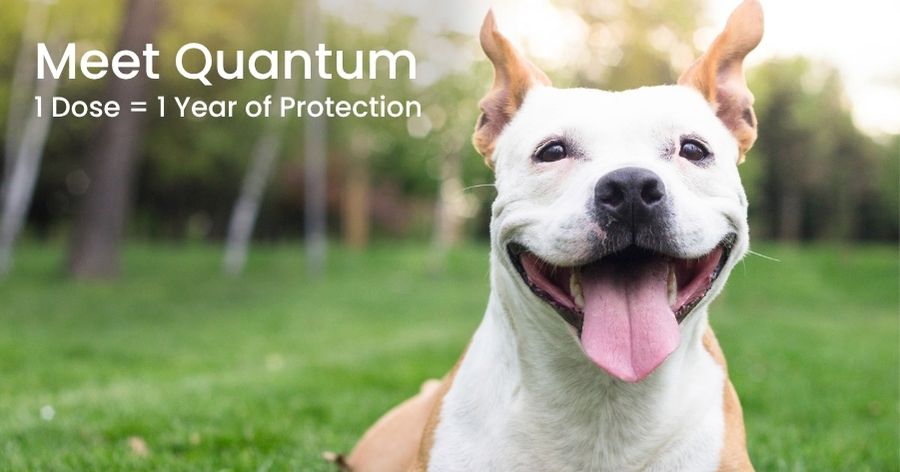
Do you have trouble keeping up with your New Year’s resolutions? Do you vow to give up sweet treats and find yourself still snacking on Christmas cookies in January? It might be easier to hold yourself accountable if your resolutions revolve around the wellness of your pet.
Here are some ideas for goals involving your furry friends …
Start with a check-up: Just as we tend to put off doctors’ appointments for ourselves, it’s all too easy to get into the habit of avoiding the vet — especially when cats and dogs are hardwired to hide signs of sickness or pain from their owners. Even in a suburban home, they often tap into their ancestors’ survival instincts and veil their vulnerability to evade the predators they would’ve encountered long ago in the wild. Of course, it’s harder to hide from a veterinarian and diagnostic testing, which are vital in the early detection and treatment of medical issues. A new year is a perfect time to commit to annual exams. (With a Pet Prime membership, you can get unlimited exams, vaccinations, a year's supply of heartworm, flea, and tick prevention for ju st one payment per month.)
Implement an exercise routine: To ensure that your furry friend gets the physical activity they need, it’s important to set a specific fitness schedule — especially in these colder months. Rather than relying on walks to get your dog moving, clear out a space in the house for playing fetch or tug of war with them. If you play the latter, be sure to pull back and forth or side to side instead of up and down so as not to hurt their neck or teeth. Cats, on the other hand, love running after the red dot from a laser pointer or tossing around rubber toys that dispense catnip. While dogs can chase a ball all day long, cats thrive on brief bursts of activity — around five to 10 minutes every few hours.
Give their brains a workout: While most people understand the importance of exercise for pets’ physical health, they often forget about cats and dogs’ need for mental stimulation. If your pup is barking or your kitty keeps chowing down on kibble, they may simply be bored. Make them work for their food and break a mental sweat with a puzzle feeder, which turns eating into a problem-solving scenario by holding food in mazelike structures. When a cat completes a food puzzle or a dog learns how to roll over, their brain fills with dopamine, giving them a sense of accomplishment and happiness. Activities like this help slow down cognitive decline.
Improve their diet: Consider chopping up select fresh fruits and vegetables into their food bowls, such as carrots, broccoli, apples, or bananas. Stay away from toxic fruits and vegetables such as grapes, raisins, onions, and citrus fruits as they can be harmful to your pet. Visit aspca.com for foods to avoid. Your pet's diets should be high in protein and fiber but low in fat and carbs. (This helps slow down sugar absorption and prevent diabetes, which is common in cats and dogs.)
Make your home more pet-friendly: Use your increased time inside this winter to clear out space for your pets to play and rest. Set up a cat tree in the spare bedroom or designate a corner of the family room for a dog bed. Put up gates to prevent your pet from getting into hazardous areas.
For more information or to check that first goal off the list, call us at (770) 483-1551.
Closed from 1-2pm daily for lunch
*Saturday Walk-ins available on a first-come, first-served basis. Wait times vary, and you may be turned away if we reach capacity.


